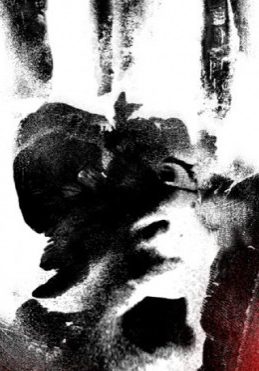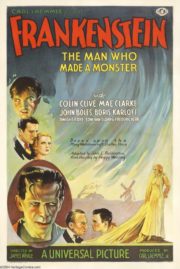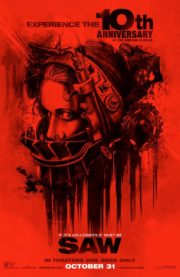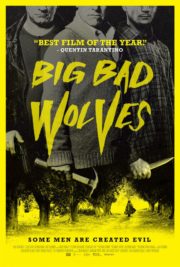A Stormy Night of Twisted Fate: “Identity” Unveiled
“Whores don’t get a second chance.” This chilling line from Identity encapsulates the relentless tension that marks the 2003 psychological thriller. Directed by James Mangold, the film unleashes a dark storm upon its viewers both literally and metaphorically. In a desolate Nevada motel, ten strangers find themselves at the mercy of an unseen force, as they begin dying one by one. With each death, secrets unravel, and the realization dawns that their random assembly may be anything but chance.
Into the Eye of the Storm: Atmosphere and Tension Building
Identity crafts its horror through a claustrophobic lens of isolation and the ticking clock of impending doom. Mangold’s direction is a slow burn, simmering with suspense before boiling over in frenetic bursts of shock. The storm-ridden setting serves as both a literal and figurative backdrop, with rain-soaked scenes and thunder echoing the chaos within the motel. Camera angles are tight, intensifying the sensation of entrapment felt by the characters and, by extension, the audience.
The lighting, perpetually dim and shadow-cast, weaves an air of mystery that clings to the narrative. The color palette is deliberate, dominated by blues and grays, which heightens the film’s cold, bleak essence. Unique visual techniques, such as the use of mirrors and glimpses of reflections, add depth and signal to deeper truths hidden beneath the surface.
At the heart of the auditory experience is Alan Silvestri’s score, which skilfully amplifies the eerie atmosphere. The sound design is equally masterful — whether it’s the pregnant silence before a scream or the jarring clangs signifying death’s approach, each auditory choice is measured and effective, elevating the film’s terror.
Fractured Reflections: Performances and Character Horrors
The ensemble cast of Identity delivers fragmented pieces of their characters, allowing viewers to assemble the puzzle alongside the story. Standouts include John Cusack’s weary pragmatism and Ray Liotta’s unsettling blend of aggression and vulnerability. The real horror emanates from the performances, as the actors skillfully reveal the layers of their characters, each embodying a distinct facet of human fear and frailty. The veracity of their portrayality grounds the film in a reality that is emotionally resonant, despite the unfolding madness.
The film deftly navigates various horror tropes, tiptoeing the line between psychological thriller and slasher flick. The nature of the horror is predominantly cerebral, delving into the psyche of not just the characters but the audience itself, challenging perceptions of identity and reality.
The Devil in the Details: Horror Nuances and Thematic Echoes
What sets Identity apart in the landscape of horror is its clever use of misdirection and the psychological underpinnings that drive its narrative. The film’s method of instilling fear leans towards the psychological, with gore used sparingly, enhancing its impact when it does appear. Jump scares are few, but when employed, they are executed with a precision that punctuates the suspense rather than overpowering it.
Underneath its surface of slayings and paranoia lies a rich tapestry of themes exploring the nature of guilt and redemption. The characters are bound by a shared thread of seeking second chances, often juxtaposed with the harsh reality that absolution may be a luxury beyond their reach. This societal commentary weaves seamlessly with the horror elements, raising questions about the essence of humanity and the burden of the past.
The Final Identity: Conclusion and Recommendation
As the credits roll, Identity remains a cerebral, atmospheric gem. Its narrative sleight of hand is matched by a competent visual flair, and it plays with viewer expectations to deliver a horror experience that is as thought-provoking as it is frightening. While it may not reinvent the genre, the movie impeccably meshes classical suspense with innovation, making it a standout among early 2000s thrillers.
This film is particularly suited for viewers who relish psychological horror with a side of mind-bending mystery. Those with an affinity for character-driven narratives and clever plot twists will find themselves right at home among the motel’s ill-fated guests. While horror aficionados will appreciate its nuances, newcomers to the genre may find it a refreshing departure from standard scare fare.
In comparison to other horror works, Identity holds its ground against the likes of M. Night Shyamalan’s psychological thrillers, while retaining a unique charm that sets it apart.
In summation, Identity is a well-crafted horror story with emotional depth and intelligent scares. Its strengths lie in its intricate storytelling and strong performances, and although it may have moments that tread familiar territory, the journey to its conclusion is grippingly original. With a caveat for those sensitive to violence, and an immersive experience for those who dare to dive in, Identity stands as a testament to the enduring allure of a well-told horror tale.




